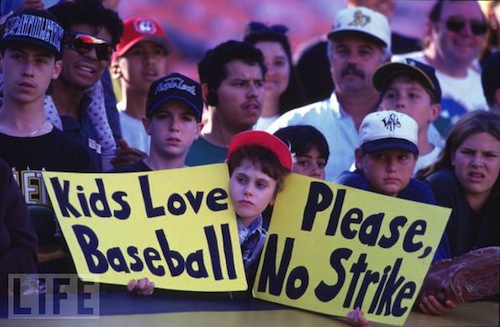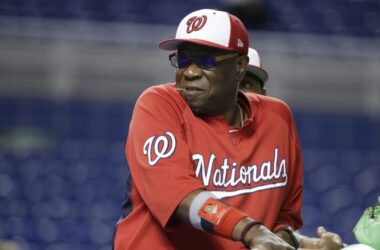Following a baseball season defined by the curse-breaking Cubs victory at the World Series, the looming threat of a player’s union strike in the MLB may further challenge to the status quo.
The current collective bargaining agreement (CBA) dispute could lead to the first lockout in the MLB since the infamous 1994-95 strike that cancelled both the second half of the 1994 season and the beginning of the 1995 season. However, the strike remains an outlier in the collective bargaining trends of the MLB, so a complete cancellation of the season is highly unlikely. The closest the MLB has come to a lockout in the 21 years since then was in 2002, when the players and owners reached an agreement just moments before the lockout would have started. However, the pertinent issues today are vastly different. The 2002 debate was centred around wealth distribution and steroids. In 2016, the players union and the owners disagree on free agency rules, as well as the regulations that govern signing international players.
What the situation boils down to is an argument over the pros and cons of the free market. The player’s union wants to establish total free agency for all of its members, while the owners want to restrict free trade to help poorer teams, lower players’ salaries, and regulate a corrupt international signing system through an international draft.
Currently, players from outside of the U.S. and Canada do not have to enter the MLB draft in order to join the MLB. Unlike Canadian and American players who are drafted based on a team’s record the previous season, international players are signed by the highest bidder. The owners proposed discarding this system in favour of an international draft to regulate the international market, which has been criticized for being corrupt in recent years. An international draft would end the highest bidder system and result in cheaper starting offers across the board. The player’s union has rejected this solution because an international draft would significantly lower the value of international players and reduce their negotiating power as they would no longer be able to field offers from multiple teams. Unlike Canadian and American players who can threaten to go to college if a team’s refuse to meet their salary demands, with an international draft, without the threat of going to school, international players would lose almost all of their negotiating leverage.
Further complicating the issue is the “Qualifying Offer.” This system allows MLB front offices to tender players who are soon to be free agents a one-year contract at the average value of the top 125 contracts in the league–currently $17.2 million. If a player rejects the bid, they are allowed to go to free agency, but the team that signs them is forced to trade their first round pick to the player’s previous team. In doing so, the Qualifying Offer reduces a player’s value on the open market. While the offer is beneficial to poorer MLB teams whose lack of buying power can be redressed with a first round draft pick, it is also restricts the free market.









